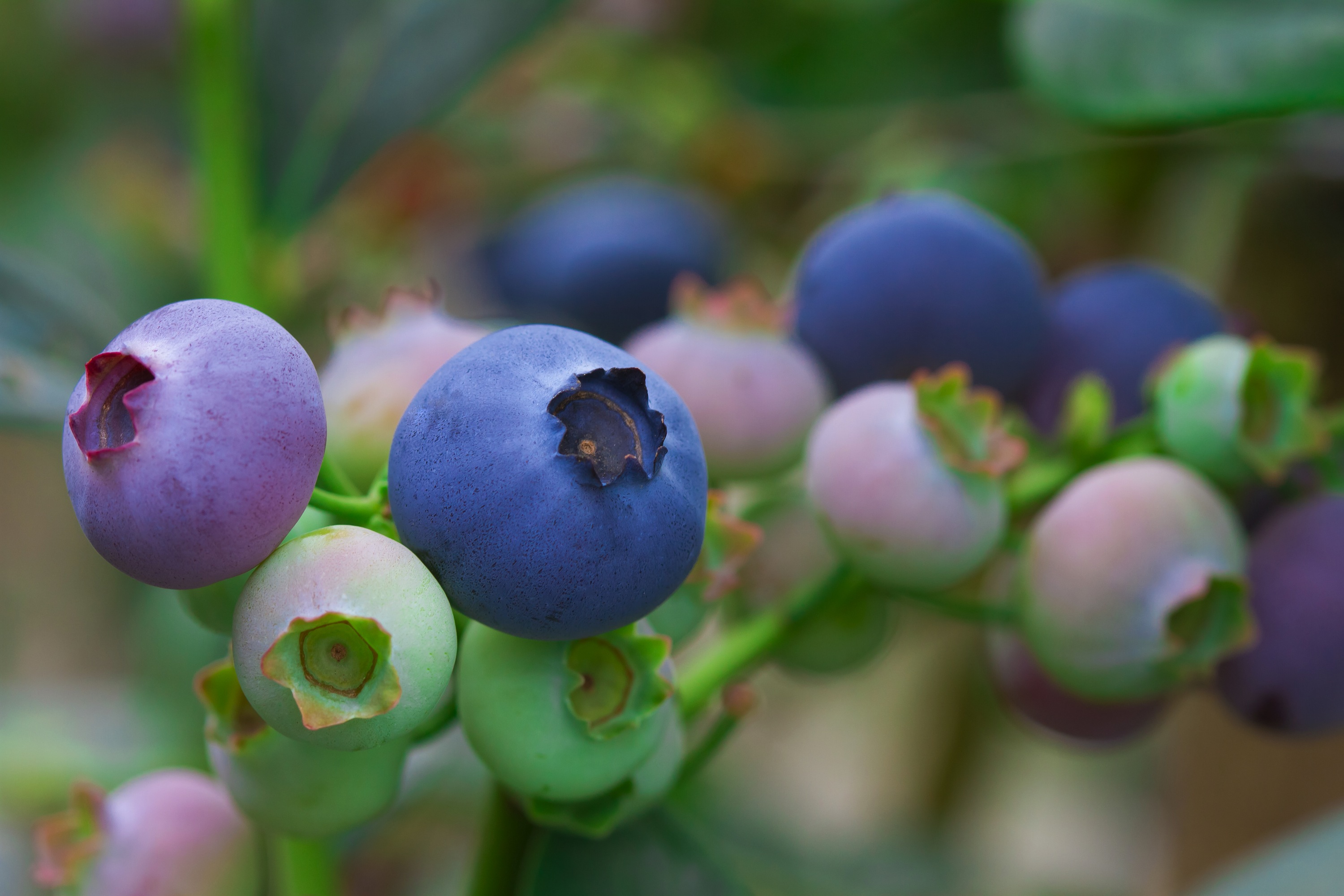Greater volumes of blueberries starting in August from Mexico
Looking ahead at the early season for Mexican blueberries, which begins mid-August approximately, more berries are on the way.
While some growers begin mid-July depending on their location and their pruning in the previous season, mid-August will be the start generally for blueberries out of Central Mexico.
“The plants look very healthy and the fruit looks good. Right now the highest temperatures are 71ºF and the minimum in the early morning is 46 to 50ºF. This is very good for the fruit to gain sugars and size,” says Gerardo López of Produce Lovers. “We’re going to see more blueberries in both the early and late seasons as farms are being developed and gaining maturity and the production is increasing on each one.”
Quality improvements
With those additional and maturing farms is also continued development and focus on the quality of Mexican blueberries. “Retailers in North America, the U.K. and Asia are starting to notice the quality of Mexican blueberries. It is a good eating experience because it has good size, flavor and texture and that’s what the consumer looks for,” says López.
Competing with Mexican blueberries at that time will be British Columbia, Canada as well as late U.S. production from Michigan and Washington State. “Then there’s a gap of availability that Mexico covers from September to mid-November and then Peru begins coming in heavily by mid-November,” says López.
Meanwhile on demand, López notes that indications are that demand should be up between 10-20 percent for blueberries. “The pandemic has forced people to eat at home so there’s more demand at the retail level. And hopefully this trend of people eating healthy will continue,” he adds. He also notes that given the foodservice reopening happening across North America, while Produce Lovers is anticipating increased demand, it likely won’t reach pre-pandemic levels.
Packaging issues
Challenging movement of blueberries though will be the continuation of an issue that emerged in the pandemic–namely accessing cardboard. “Last season we had challenges with cardboard given many mills and North America and Europe closed because of the pandemic. Some companies started to experience shortages–it seems that it’s not stable anymore. Also online buying has demanded a lot of packing materials. They are using a lot more boxes than they used to and that’s put pressure on the availability for fresh produce,” says López.
As for pricing this coming season, López notes it will largely rely on how well retailers market the fruit. While pricing tends to be on the stronger side until October, once Peruvian fruit begins arriving, the volume and sometimes lack of promotions push prices down. “So we’re expecting a healthy market until October and by November, it will start to go down and then pick back up at the end of February,” says López.
08/07/2021





